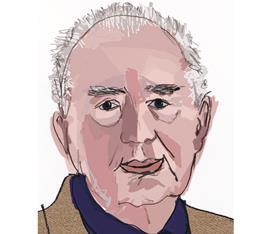The quarrel over non-disclosure, particularly in rape cases, rumbles on. I see that austerity is now being blamed for the failure of the police and Crown Prosecution Service to realise that, in some cases, complainants are not being wholly frank. I also see a suggestion that bobbies are to be taken off the beat to evaluate evidence in serious cases. The CPS would do better employing a few solicitors on an ad hoc basis to do that. At least they would have more of a sporting chance of knowing (a) what was relevant and (b)what would be admissible.

Of course, in the old days disclosure failures tended to be deliberate. Back in the 1960s and 1970s, the most the defence could do in Quarter Sessions and Crown court cases was to write a letter citing R v Bryant and Dickson (1946), and asking for the names and addresses of people from whom statements had been taken but were not called as witnesses. No question of getting the statements themselves.
If you did get these names then the best you could do was to write to the witnesses and ask what they had to say. Since cases could come up in a matter of weeks, the chance of getting any meaningful reply was remote. There was also the stalling tactic of saying a Notice of Further Evidence might be served and disclosure must wait until after that.
In magistrates’ courts, stipes (district judges) very often would ask the prosecution to show, on an informal basis, what evidence they had before a plea or an election was taken. Not so if lay justices were sitting unless there was a very strong clerk.
Quite by chance the other day, I picked up a copy of Philip Friedman’s Inadmissible Evidence, a 1993 American courtroom drama. In it the defendant is accused of the rape/murder of a woman who had what might be described as an interesting social life; the plot hinges on disclosure. I have not yet come to the denouement but it is a great read.
James Morton is a writer and former criminal defence solicitor.































1 Reader's comment